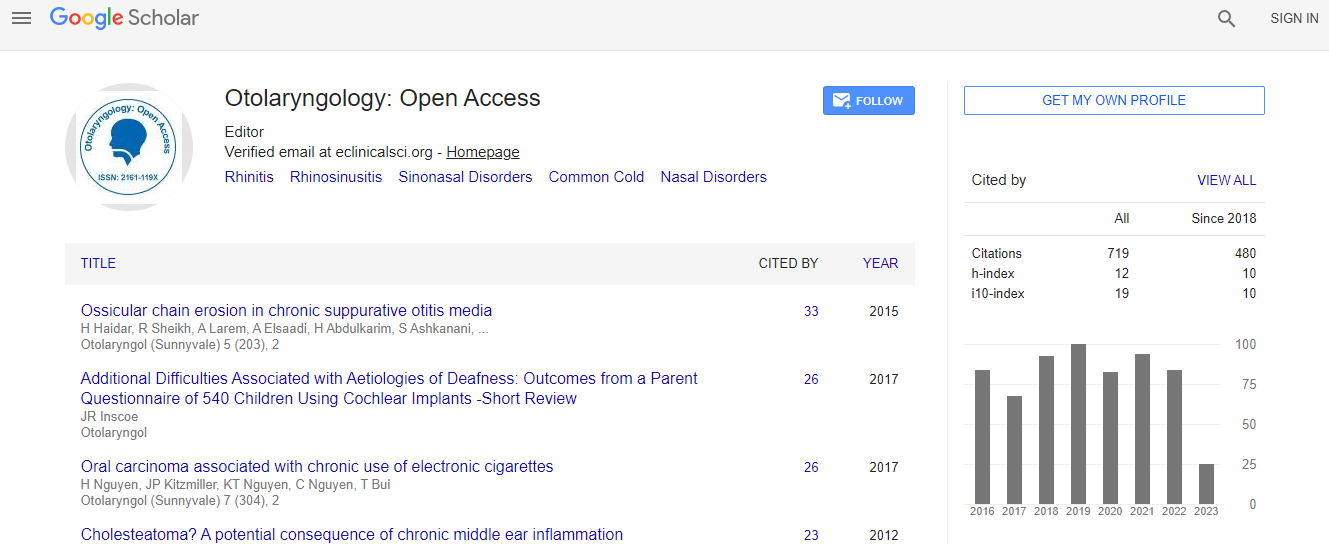Identification of the Facial Nerve Trunk during Superficial Parotidectomy by Trident Landmark
*Corresponding Author:
Copyright: © 2020 . This is an open-access article distributed under the terms of the Creative Commons Attribution License, which permits unrestricted use, distribution, and reproduction in any medium, provided the original author and source are credited.
Abstract
Background
Parotid gland is the largest salivary gland. About 80% of salivary gland tumors occur in parotid. Surgical resection is the recommended treatment for such cases. The facial nerve is the most important structure that pass through the parotid gland so identification and preservation of it is very crucial in parotid surgery. Several landmarks have been discovered and used like the posterior belly of digastric muscle, styloid process, tragal pointer, and trident landmark.
Aim of work
To evaluate the accuracy and safety of the trident landmark as an easy and accurate anatomical landmark for identification of the facial nerve trunk during superficial parotidectomy.
Methods
Between September 2016 and September 2018, 50 patients were eligible for superficial parotidectomy were admitted to the surgical departments at Fayoum University Hospitals. Facial nerve trunk is identified as the central prong of trident between the base of styloid process and origin of the posterior belly of digastric muscle.
Results
Facial nerve trunk was successfully identified in all the patients (100%). The mean operative time was 106.80±16.13 minutes. No intra-operative complications were reported. The mean amount of intraoperative blood loss was 98.20±13.38 ml. Temporary marginal mandibular nerve deficit was noted in 4%, surgical site infection in 2%.

 Spanish
Spanish  Chinese
Chinese  Russian
Russian  German
German  French
French  Japanese
Japanese  Portuguese
Portuguese  Hindi
Hindi 
